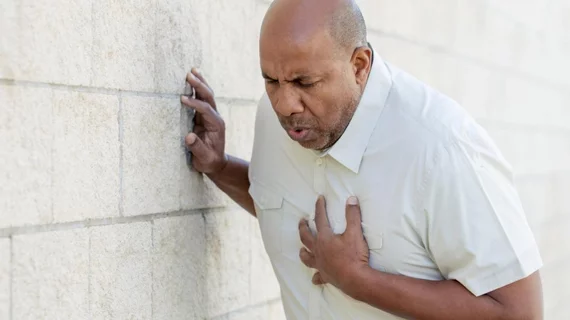New technique could reduce heart attack-induced heart failure
Researchers think they may have found a new way to limit the heart damage that often follows a myocardial infarction (MI), sharing their findings in Proceedings of the National Academy of Sciences.
The potential treatment involves using a molecule known as MCB-613 to stimulate a steroid receptor coactivator, or SRC-3. The study’s authors explored this method with mice, achieving promising results.
“Heart failure after a significant heart attack is a leading cause of death in humans,” lead author Bert O’Malley, MD, a professor of molecular and cellular biology at Baylor College of Medicine in Houston, said in a prepared statement. “It often occurs over a few years; a person becomes weaker and weaker and eventually they die. In the mouse model, our team has been able to show that MCB-613 decreases damaging remodeling when given within hours after a myocardial infarction, thereby inhibiting the subsequent development of heart failure.”
The team found that using MCB-613 in this way “decreases infarct size, apoptosis, hypertrophy and fibrosis while maintaining significant cardiac function.”
Not only did this technique show potential to reduce MI-induced heart failure, the authors added—it also did so without any significant signs of being toxic to the mice.
“The clinical implications of this discovery are significant,” Clifford C. Dacso, MD, a professor of molecular and cellular biology and medicine, said in the same statement. “I have cared for many patients with advanced heart failure, and if we can modulate the natural history of this disease at all, we will lessen the No. 1 cause of human death and avoid a significant amount of human suffering.”
Additional research is still needed, O’Malley noted, before this treatment can be tested in humans.
The analysis can be read in full here.

